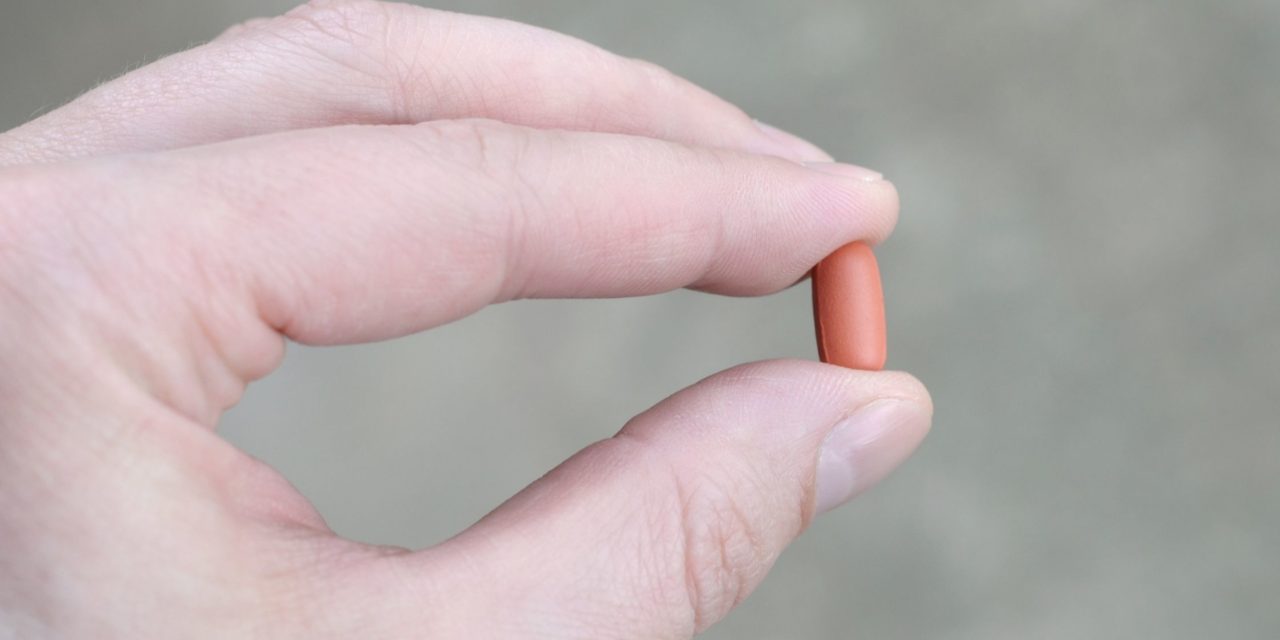Overdose deaths are the number one leading cause of accidental death in the United States, with the vast majority of these deaths involving opioid and opiate drugs. One may ask themselves why people would continue to utilize these substances when they are linked to so many deaths. One reason is that opioids and opiates have been used for centuries as a method of pain relief and they do have their place as a therapeutic treatment. Another factor to consider is that these substances are also extremely addictive. When used properly, the risk of an opioid-related overdose is low, but addiction and dependence may lead to risky use and abuse. Therefore, if we can understand why opioids and opiates are such addictive substances, then we will have greater insight as to why people continue to abuse them despite the risks.
Addiction to Opioids Effects
Opioids can be psychologically addictive in that users may have a strong desire to just utilize the drug because they enjoy the way it makes them feel; they enjoy opioid’s effects. Opioid effects include:
- pain relief
- euphoria
- and drowsiness
Pain relief is one effect of opioids that people become addicted to as it may be easier and more cost-effective at first than long-term solutions to pain. Euphoria is the other effect that users may chase even if they do not have any physical pain to treat. Just as it feels “good” to help others or to complete a new career certification, consuming an opioid drug also feels good to some people. In this way, people can struggle with opioid addiction even when they have been clean and free of opioid use for months or even years.
Opioid and Opiate Dependence
The way in which opioids and opiates both interact with the human body has a physical effect on a user’s relationship with these drugs; hence, another reason why opioids are addictive. Many of these mainstream drugs, such as heroin and fentanyl, are incredibly potent substances that can change the physiology of the brain in just one use. This is connected to one of the phenomena that makes humans so unique – our natural ability to adapt quickly to almost any circumstance.
The amount of dopamine released from just one dose of an opioid may be 50 times greater than the norm. Effects are felt almost immediately after use, but this unusual occurrence causes the body to quickly react. A few things start to change as opioid use continues:
- Endorphin production slows: This outside source of pain relief removes the need for the body to produce endorphins, it’s natural pain relievers
. - Dopamine receptors decrease in number: In order to adapt to
theincreased dopamine production, the body decreases the number of opioid/dopamine receptors. - The effects of opioid use decrease: With fewer dopamine receptors, it takes a greater amount of opioids or a more potent opioid to achieve the same effects when used.
The changes listed above are the physiological effects of opioids and how their use can quickly lead to dependence. However, it is what happens after you have developed a dependence and stop using opioids that contribute to why they are such addictive substances.
Once a physical dependence on opioids has developed, stopping means facing very unpleasant side effects, the return of the pain symptoms, and an absence of any of the body’s natural ability to cope with pain.
Even after a short period of opioid use, it is possible that mild versions of these side effects may develop. A mild opioid use disorder can quickly develop into a severe opioid use disorder without appropriate medical attention. Hence, another reason why opioids are addictive. The addictive nature of these drugs is why you should contact an addiction treatment program now if you or your loved one is struggling with opioid or opiate use.
Sources:
https://www.hopkinsmedicine.org/opioids/what-are-opioids.html

